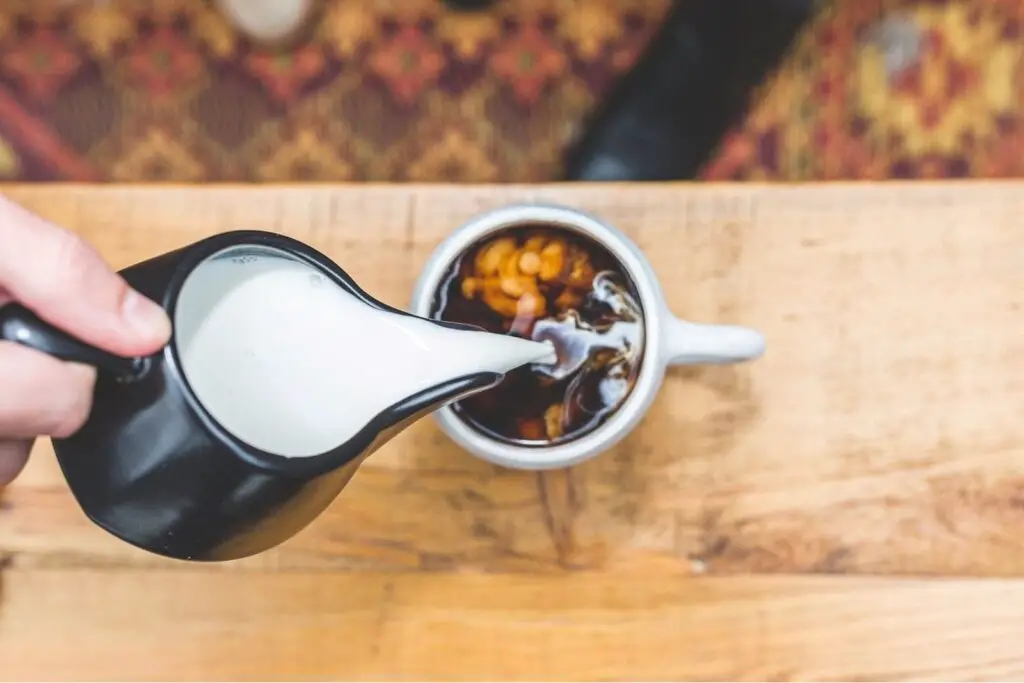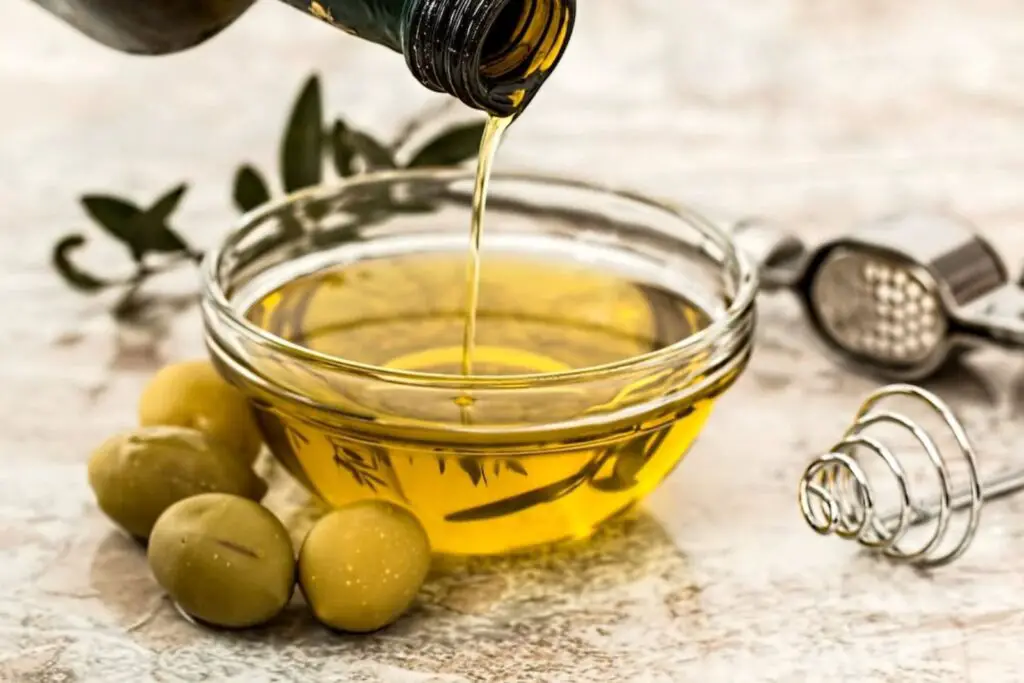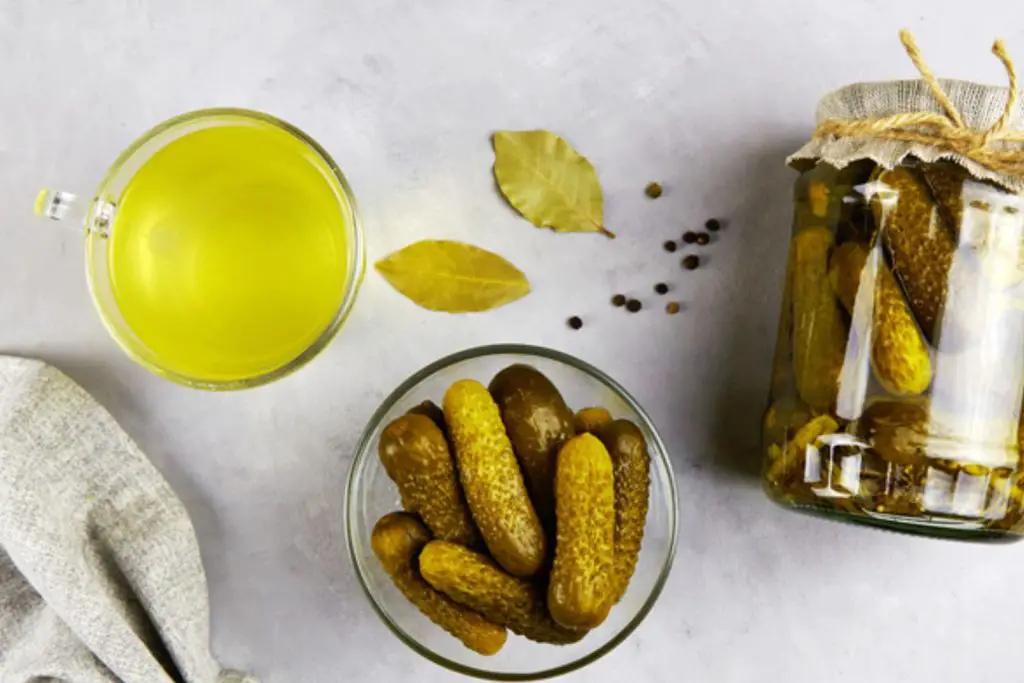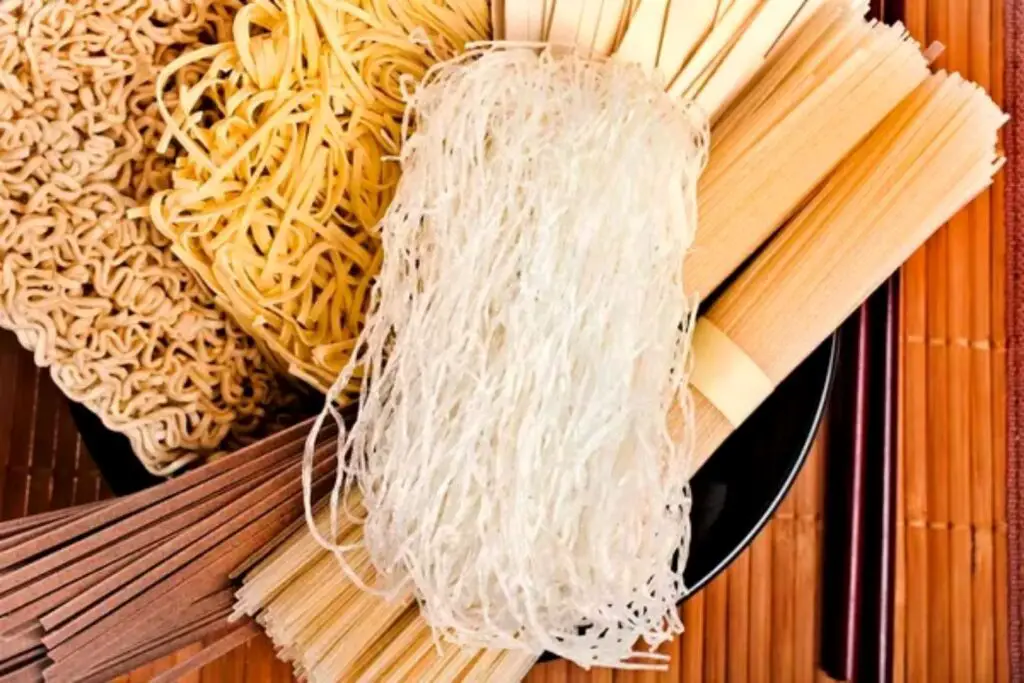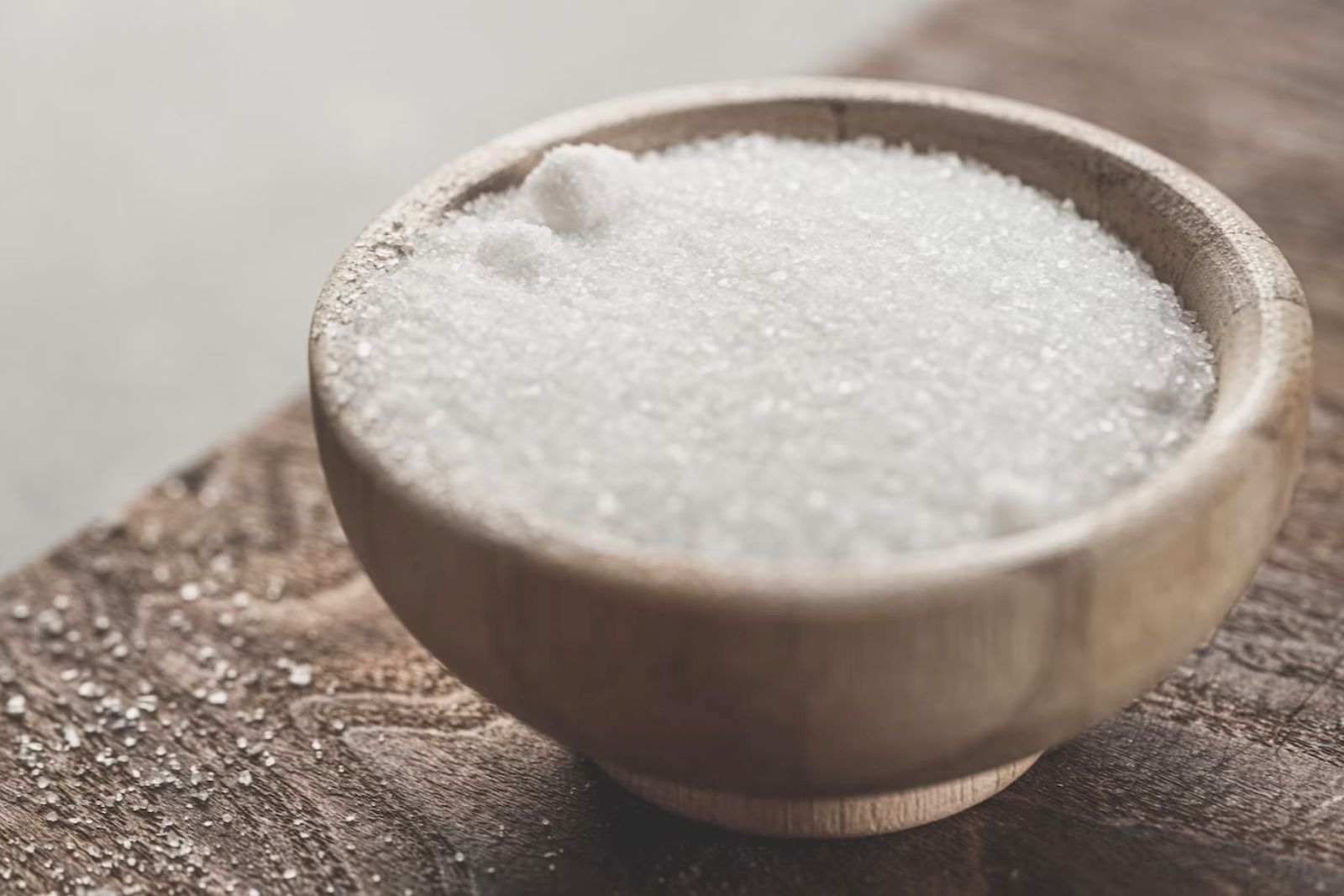
Sugar is a commonly used ingredient in baking and cooking, adding sweetness and flavor to a wide range of dishes. While sugar is readily available year-round, there may be times when you want to freeze it to ensure its freshness and prevent clumping. Freezing sugar is a simple process that can help extend its shelf life and maintain its quality. Whether you have a surplus of sugar or want to stock up during a sale, freezing sugar can be a convenient option. This article provides a step-by-step guide on how to freeze sugar effectively, allowing you to keep it fresh for future use.
Here’s a guide on how to freeze sugar:
Step 1: Choose the right type of sugar
When choosing the right type of sugar for freezing, it’s essential to consider the characteristics of each type.
Granulated sugar, also known as white sugar, is the most commonly used type of sugar for freezing. It consists of fine, crystalline grains that dissolve easily and evenly in various recipes. Granulated sugar has a low moisture content, which makes it less prone to clumping during freezing. Therefore, it maintains its texture and quality quite well when frozen and thawed. It is versatile and suitable for a wide range of applications, from baking to sweetening beverages.
Brown sugar, on the other hand, contains molasses and has a higher moisture content than granulated sugar. Due to its moisture content, brown sugar can become clumpy when frozen. Its texture may change, becoming harder and more compact. However, if you plan to use brown sugar primarily for baking or cooking, its altered texture may not significantly affect the outcome of your recipes. Just be aware that you may need to break up the clumps before using it.
Powdered sugar, also known as confectioners’ sugar or icing sugar, is granulated sugar that has been finely ground and mixed with a small amount of cornstarch. The cornstarch prevents clumping and absorbs moisture, giving powdered sugar its soft, powdery texture. When frozen, powdered sugar may absorb moisture from the freezer environment and become lumpy or clumpy. Its texture may also change, potentially affecting its ability to dissolve smoothly. Nevertheless, if you’re planning to use powdered sugar for frostings or decorative purposes, these textural changes may not be noticeable.
Overall, while granulated sugar is the most suitable type for freezing, brown sugar and powdered sugar can also be frozen if needed. Keep in mind that the texture and quality of brown and powdered sugars may be slightly affected by freezing, but they can still be used in many recipes with minimal impact on taste.
Step 2: Prepare airtight containers
Preparing airtight containers or resealable plastic bags is crucial when freezing sugar to maintain its quality and prevent moisture absorption. Here’s why it’s important to use clean and dry containers:
- Preservation of sugar quality: Sugar has a natural ability to absorb moisture from its surroundings. When exposed to air or moisture, sugar can clump together or develop a sticky texture, diminishing its quality. By using airtight containers or bags, you create a barrier that minimizes contact between the sugar and the external environment, reducing the risk of moisture absorption.
- Prevention of odors and flavors transfer: Sugar has a tendency to absorb odors and flavors from its surroundings. If stored in containers that are not airtight, sugar can absorb unwanted smells and tastes from other foods in the freezer. This can alter the flavor and aroma of the sugar, impacting the final results when used in recipes. Airtight containers help preserve the pure taste and aroma of the sugar.
- Protection against freezer burn: Freezer burn occurs when food is exposed to air in the freezer for an extended period. It leads to dehydration and the formation of ice crystals on the food’s surface, resulting in a dry and deteriorated texture. By using airtight containers, you minimize air exposure, reducing the risk of freezer burn on the sugar.
- Maintenance of sugar’s granular texture: Sugar, especially granulated sugar, has a specific granular texture that is desirable for many applications. When exposed to moisture, sugar can clump together and lose its individual granules, making it more challenging to measure and use in recipes. By storing sugar in airtight containers or bags, you help preserve its granular texture, ensuring it remains easy to handle and measure even after freezing.
To prepare the containers, ensure they are thoroughly cleaned and dried before adding the sugar. Any residual moisture or food particles in the containers can introduce moisture and contaminants to the sugar, compromising its quality. Taking the extra step to use clean and dry containers or bags will help maintain the integrity of the sugar during freezing, ensuring it remains fresh and ready for use when needed.
Can I freeze sugar in its original packaging?
While it is possible to freeze sugar in its original packaging, it’s recommended to transfer the sugar to airtight containers or resealable bags for better protection against moisture and to prevent any potential odor absorption from other freezer contents. This will help maintain the sugar’s quality during freezing.
Can I freeze sugar in glass containers?
Yes, you can freeze sugar in glass containers. Glass containers are a suitable option for freezing sugar as they are airtight and provide good insulation. Ensure the glass container is freezer-safe and leave enough headspace to accommodate any expansion during freezing.
Step 3: Portion the sugar
Portioning the sugar into smaller amounts before freezing offers several benefits and helps maintain the quality of the sugar. Here’s why it’s recommended to divide large quantities of sugar into smaller portions:
- Minimize exposure to air and moisture: Every time you open the container to retrieve sugar from the freezer, air and moisture can enter, potentially affecting the quality of the remaining sugar. By portioning the sugar into smaller amounts, you can thaw only what you need for immediate use, minimizing the frequency of opening the container. This reduces the exposure of the remaining sugar to air and moisture, preserving its freshness.
- Ease of thawing: Smaller portions of sugar thaw more quickly and evenly compared to a large block or container of frozen sugar. This is especially beneficial when you only need a small quantity for a recipe or beverage. It allows you to conveniently take out the required amount without having to thaw the entire supply.
- Avoid repeated freezing and thawing: Sugar can degrade in quality when subjected to multiple freeze-thaw cycles. By portioning the sugar, you minimize the need for repeated freezing and thawing. This helps maintain the texture and taste of the sugar, ensuring it remains in optimal condition for a longer period.
- Convenient measurement: Portioning the sugar into smaller amounts makes it easier to measure for recipes. Instead of having to chip away or break off a chunk of frozen sugar, you can simply measure out the required quantity from the pre-portioned amounts. This saves time and effort during meal preparation or baking.
To portion the sugar, you can use measuring cups, small containers, or resealable bags. Divide the sugar into smaller, manageable amounts based on your needs. Make sure each portion is properly sealed and labeled, indicating the quantity inside and the date of freezing. This way, you can easily identify and use the desired portion without any guesswork.
Can I freeze sugar in silicone molds for easier portioning?
Yes, you can freeze sugar in silicone molds for easier portioning. Silicone molds are flexible and easy to remove the frozen sugar from. This method allows for convenient portioning of the sugar when needed, especially if you prefer pre-measured quantities for specific recipes or beverages.
Step 4: Seal the containers
Sealing the containers or bags properly is an essential step when freezing sugar. It helps create a protective environment for the sugar, preserving its quality and preventing moisture or contaminants from affecting it. Here’s why it’s important to seal the containers tightly:
- Prevent moisture absorption: Sugar has a hygroscopic nature, meaning it readily absorbs moisture from the surrounding environment. Moisture can cause sugar to clump together and degrade in quality. By sealing the containers tightly, you create a barrier that minimizes the sugar’s exposure to air and moisture, reducing the risk of moisture absorption during freezing.
- Maintain freshness: Air exposure can lead to the oxidation of sugar, resulting in a change in flavor and quality over time. Sealing the containers or bags tightly helps minimize the sugar’s contact with air, preserving its freshness and ensuring it retains its original taste.
- Avoid cross-contamination: Sealing the containers or bags prevents the transfer of odors and flavors between the sugar and other foods stored in the freezer. This is particularly important when using resealable plastic bags. By removing excess air and sealing them tightly, you minimize the chances of the sugar absorbing unwanted odors or flavors.
- Prevent freezer burn: When sugar is not adequately sealed, it is exposed to air and may become susceptible to freezer burn. Freezer burn occurs when moisture on the sugar’s surface evaporates, leaving behind dehydrated sugar crystals. This can result in a change in texture and taste. By ensuring a tight seal, you reduce the likelihood of freezer burn and help maintain the sugar’s quality.
When using airtight containers, leave some headspace to account for the expansion of the sugar as it freezes. This prevents the containers from bursting or becoming damaged. For resealable plastic bags, remove as much air as possible before sealing them tightly. Pressing out excess air reduces the sugar’s exposure to air and helps maintain its quality during freezing.
Step 5: Label and date the containers
Labeling and dating the containers or bags when freezing sugar is a crucial step to ensure proper storage management and maintain the quality of the sugar. Here’s why it’s important to label and date the containers:
- Storage duration monitoring: By labeling the containers with the date of freezing, you can easily track how long the sugar has been in the freezer. Sugar, like any food item, has a limited shelf life even when frozen. Over time, it may lose its quality, texture, or flavor. By having the freezing date clearly marked, you can keep track of how long the sugar has been stored and prioritize using the oldest sugar first.
- Prevent waste and spoilage: Properly labeling the containers allows you to identify the frozen sugar accurately. This prevents confusion and potential waste by ensuring that you use the frozen sugar before it exceeds its recommended storage duration. If you have multiple batches of frozen sugar with different freezing dates, you can easily identify and use the older ones first to avoid any potential spoilage.
- Maintain quality control: Sugar, when properly stored, can maintain its quality for an extended period. However, prolonged storage can lead to a gradual decline in quality, such as loss of flavor or changes in texture. By labeling and dating the containers, you can implement a rotation system and ensure that the oldest sugar is consumed first. This way, you can enjoy the sugar at its best quality and avoid any deterioration caused by long-term freezing.
- Organizational convenience: Labeling the containers or bags with the freezing date provides organization and makes it easier to locate and access the desired batch of frozen sugar. It saves time and effort, especially if you have multiple containers or bags with different freezing dates. Clear labeling helps maintain an efficient freezer inventory system, ensuring that you can quickly find and use the sugar you need.
When labeling the containers, use a waterproof marker or adhesive labels that adhere well to the containers. Include the freezing date in a clear and visible manner, along with any additional information you find helpful, such as the quantity or type of sugar. Keep the labels intact and legible throughout the storage period for easy reference.
Step 6: Store in the freezer
Storing the sealed containers of frozen sugar in the freezer correctly is crucial to maintain their integrity and prevent any damage. Here’s why it’s important to follow proper storage practices:
- Protection against damage: Placing the sealed containers in a stable position within the freezer helps prevent any damage or breakage. Freezers often have limited space, and items can shift or fall when the door is opened or closed. By positioning the sugar containers securely, you minimize the risk of accidental spills or damage that could compromise the quality of the sugar.
- Avoiding pressure and deformation: Placing heavy items on top of the sugar containers can subject them to pressure and cause deformation. Containers may become misshapen or leak if excessive weight is placed on them. To maintain the integrity of the containers and keep the sugar securely sealed, avoid stacking heavy items on top of the sugar containers in the freezer.
- Ease of accessibility: Storing the sugar containers in a well-organized manner ensures easy access to the frozen sugar when needed. When arranging the containers, consider grouping them together or designating a specific area in the freezer for sugar storage. This way, you can easily locate and retrieve the desired container without disrupting the rest of the freezer contents.
- Temperature consistency: The freezer should be set at a consistently low temperature to ensure proper freezing of the sugar. Verify that the freezer temperature is appropriately adjusted to maintain the sugar’s frozen state. Fluctuating temperatures can affect the sugar’s quality and texture over time.
When placing the sealed containers in the freezer, make sure they are positioned in such a way that they are stable and unlikely to topple or get knocked over. If you have limited freezer space, you can consider using shelves or designated areas for storing the sugar containers, ensuring they are not overcrowded or crammed together.
Additionally, it’s a good practice to avoid overcrowding the freezer, as this can impede proper air circulation and affect the freezing efficiency. Leave some space between the containers to allow cold air to circulate freely, promoting even freezing and maintaining a consistent temperature throughout the freezer.
How long can I store frozen sugar?
When stored properly in the freezer, sugar can last indefinitely due to its low moisture content. However, for the best quality and flavor, it is recommended to use frozen sugar within 2 years. This time frame ensures optimal taste and texture, although the sugar will remain safe to consume beyond that period.
Step 7: Thaw and use frozen sugar
Thawing and using frozen sugar properly is essential to ensure its usability and maintain its quality. Here’s why it’s important to follow the correct thawing process:
- Restore texture and consistency: Freezing can cause sugar to develop clumps or become compacted. Thawing the frozen sugar allows it to regain its original texture and consistency, making it easier to measure and use in recipes. By following the proper thawing process, you can break up any clumps and ensure the sugar is ready for use.
- Avoid moisture introduction: As the frozen sugar thaws, there is a possibility of moisture condensing on its surface. It’s important to thaw the sugar in a way that minimizes contact with moisture. Thawing at room temperature or using gentle warming techniques helps prevent excess moisture from being absorbed, ensuring the sugar maintains its quality and dryness.
- Preserve flavor and aroma: Thawing the sugar appropriately helps preserve its flavor and aroma. Rapid temperature changes or exposure to excessive heat can lead to flavor loss or changes. By allowing the sugar to thaw gently, you can maintain its original taste and aroma, enhancing the overall quality of your recipes.
To thaw and use the frozen sugar:
- Remove the desired amount: Take out the sealed container or bag containing the frozen sugar from the freezer. Retrieve the portion you need for your recipe.
- Thaw at room temperature: If time permits, let the sugar thaw naturally at room temperature. Place it in a dry, clean bowl and leave it undisturbed until it reaches room temperature. This process may take several hours, depending on the quantity of sugar and the ambient temperature.
- Gentle warming: If you need to speed up the thawing process, you can use a gentle warming method. Transfer the desired amount of frozen sugar to a microwave-safe bowl or container. Heat it on a low power setting, such as 10% power, in short intervals of 15-30 seconds. Stir the sugar between each interval to distribute the heat evenly and prevent overheating. Be cautious not to overheat the sugar, as it can melt or caramelize.
- Break up clumps: Once the sugar has thawed, whether at room temperature or through gentle warming, use a fork or spoon to break up any clumps that may have formed during freezing. Stir the sugar gently to ensure an even consistency.
- Use in your recipes: The thawed and de-clumped sugar is now ready to be used in your recipes. Measure the desired amount and incorporate it into your dishes as you would with fresh sugar.
It’s important to note that once sugar has been thawed, it should not be refrozen. Only thaw the amount you need for immediate use to maintain its quality. Any remaining thawed sugar can be stored in an airtight container at room temperature for regular use.
Can I thaw frozen sugar in the refrigerator?
Yes, you can thaw frozen sugar in the refrigerator. This thawing method allows for gradual defrosting and helps minimize moisture condensation. Transfer the frozen sugar to the refrigerator and allow it to thaw overnight or until completely defrosted before using it.
Other related questions
How do I know if the sugar has gone bad after being frozen?
After being frozen, sugar does not typically go bad but may experience changes in texture and quality. Signs that frozen sugar may have gone bad include the presence of moisture, mold growth, or an off odor. If you notice any of these signs, it is best to discard the sugar to ensure food safety and prevent potential adverse effects on taste and texture.
Can I freeze homemade flavored sugars, such as vanilla sugar or citrus-infused sugar?
Yes, you can freeze homemade flavored sugars like vanilla sugar or citrus-infused sugar. However, keep in mind that freezing may alter the flavor intensity to some extent. Store the flavored sugar in airtight containers or resealable bags, ensuring proper labeling and dating for future reference.
Is there a difference between freezing regular white sugar and organic sugar?
No, there is no significant difference in freezing regular white sugar and organic sugar. Both types of sugar can be frozen following the same guidelines and recommendations. The freezing process does not affect the basic properties of sugar, regardless of its organic or non-organic nature.
Can I freeze sugar decorations or sugar flowers?
It is generally not recommended to freeze delicate sugar decorations or sugar flowers. Freezing can cause condensation and affect their texture and shape. It’s best to store sugar decorations and flowers in a cool, dry place away from direct sunlight to maintain their quality and intricate details.
What are some alternative uses for frozen sugar beyond culinary applications?
Besides culinary applications, frozen sugar can be utilized in various non-food-related ways. It can be used as a cooling agent for beverages, a homemade ice pack, or a natural scrub for exfoliating purposes. Its texture and cooling properties make it versatile for multiple non-culinary uses.
Can I freeze sugar in decorative containers for gifting purposes?
While it is possible to freeze sugar in decorative containers for gifting purposes, it’s important to consider the compatibility of the container with freezing conditions. Ensure that the container is freezer-safe and properly sealed to maintain the sugar’s quality. Additionally, make sure the container can withstand potential temperature changes without cracking or breaking.

